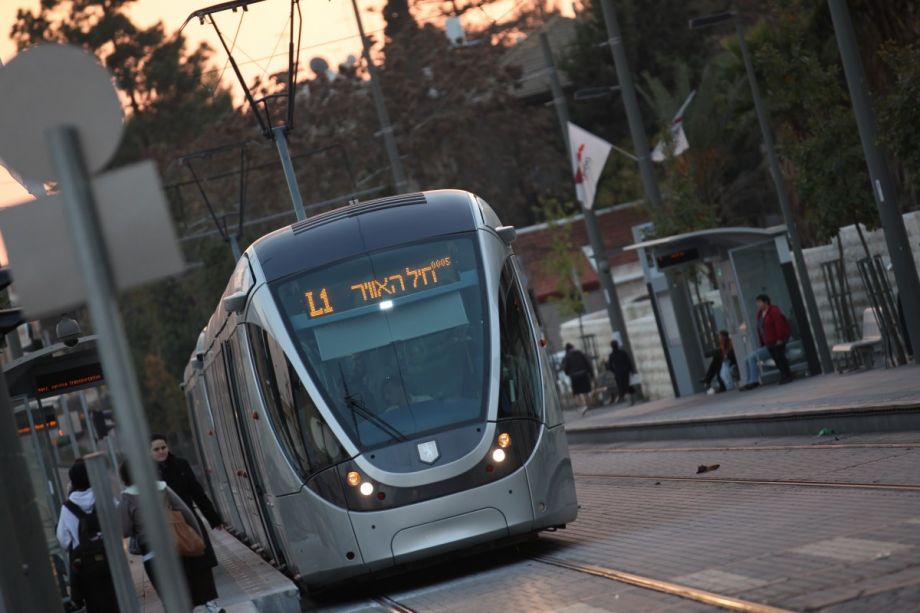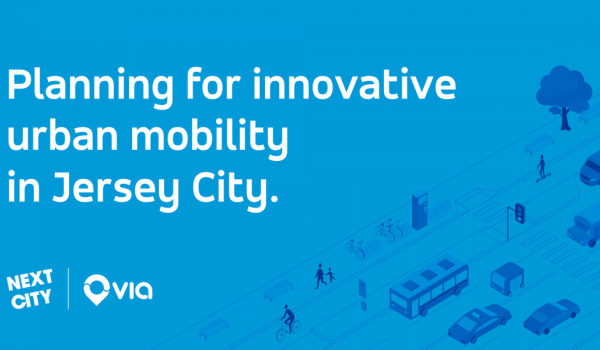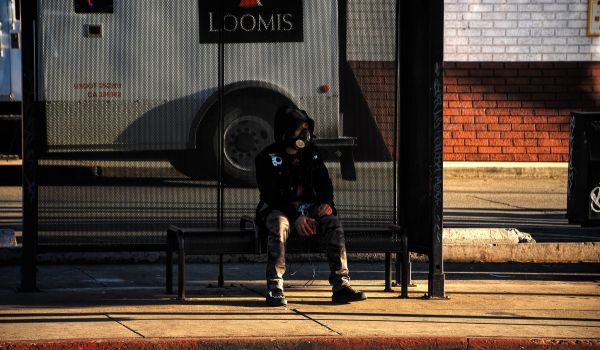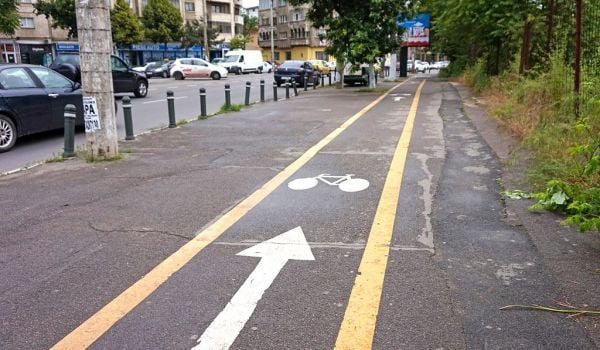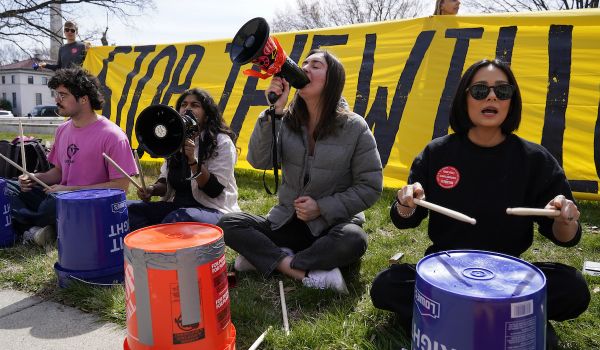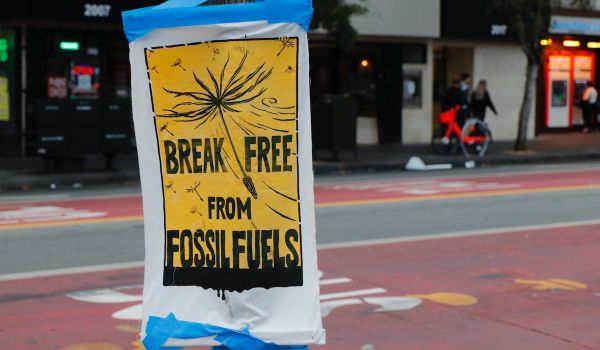Our weekly “New Starts” roundup of new and newsworthy transportation projects worldwide.
Jerusalem Light Rail Impasse Resolved
The International Railway Journal reports that two years of tough negotiations over extending Jerusalem’s light-rail line have finally come to an end with an agreement between the Israeli government and CityPass, the line’s operator, to build four new segments.
Two will extend the existing 13.5-km (8.4-mile) Red Line. A 2.1-km (1.3-mile) extension to the north will serve Neve Yaakov, with four stations, and a 3.2-km (2-mile), five-station southern extension will serve Hadassah Medical Center.
In addition, two branches from the existing line to the Hebrew University of Jerusalem campuses at Mount Scopus, in east Jerusalem, and Givat Ram, the center of the national government, will eventually be incorporated into the planned Green Line.
The agreement calls for the Israeli Ministry of Finance to boost the national government’s contribution to the project to 40 million shekels ($9.1 million U.S.)
Preliminary work on the route corridors has already begun. The extensions are scheduled to enter service in 2021-22.
St. Paul Studies Transport Options in Abandoned Rail Corridor
The city of St. Paul has devoted numerous studies to figuring out how to develop the area where a Ford Motor Company assembly plant, northwest of downtown, closed in 2011. The Star Tribune reports that the 16th such study in a decade is now underway, and this time, it’s looking at ways to get people to and from the plant site.
Options being considered for the 5-mile former Canadian Pacific Railroad corridor include light rail, bus rapid transit and a bike trail.
Options for the plant site itself envision a new neighborhood with parks and up to 4,000 new housing units. Some neighbors fear that 7,200-odd new residents could clog local thoroughfares and add too much density to the area. Others expressed concern about noise from buses or trains operating on the now-quiet line, but Council Member Chris Tolbert pointed out that running public transit in the corridor would alleviate those congestion concerns.
The U.S. Department of Transportation is paying half of the study’s $200,000 bill. The city of St. Paul is chipping in $70,000, and Ford Motor Company and the transit-focused business group East Metro Strong will pick up the rest of the tab.
Bids Sought to Build Athens Metro Line 4
Attiko Metro issued a call for bids for the construction of the first section of Athens’ fourth metro line on April 10, the International Railway Journal reports.
Section A of Line 4 will be 13 km (8.1 miles) long and have 14 new stations, including two interchange stations with existing lines: one with Line 2 at Panepistimio (Line 2)/Akademia (Line 4) and one with Line 3 at Evangelismos.
The work will include construction of a 10-km (6.2-mile) double-track tunnel using tunnel boring machines and an 840-meter (2,756-foot) single-track tunnel connecting the new line to existing Lines 2 and 3. The underground section of the line will be in a deep tunnel with stations located between 20 meters (66 feet) and 34 meters (111.5 feet) below the surface. Ridership is projected at 220,000 daily passengers when the line opens.
Know of a project that should be featured in this column? Send a Tweet with links to @MarketStEl using the hashtag #newstarts.

Next City contributor Sandy Smith is the home and real estate editor at Philadelphia magazine. Over the years, his work has appeared in Hidden City Philadelphia, the Philadelphia Inquirer and other local and regional publications. His interest in cities stretches back to his youth in Kansas City, and his career in journalism and media relations extends back that far as well.
Follow Sandy .(JavaScript must be enabled to view this email address)

